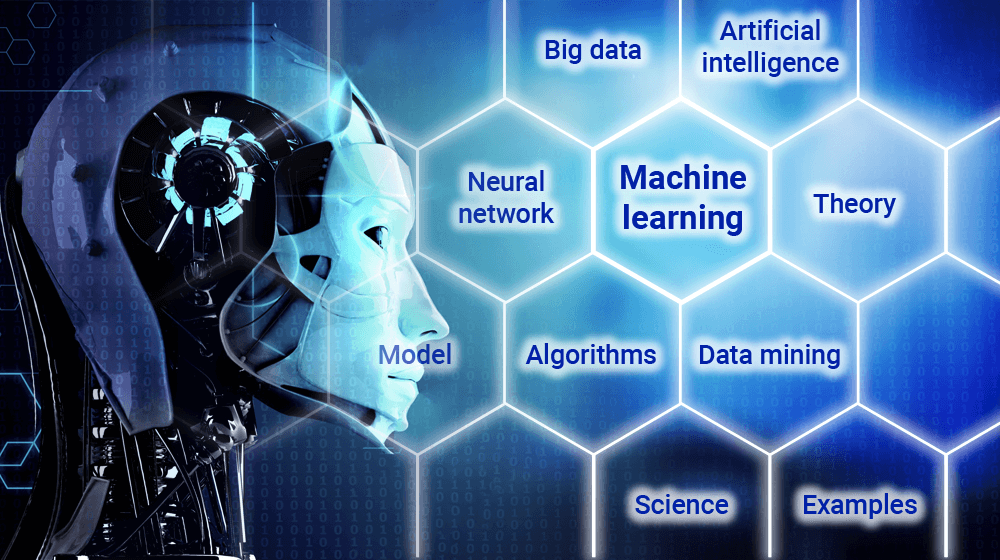Smart Watch Data Analysis Presentation
| Introduction to Smart Watch Data Analysis | ||
|---|---|---|
| Smart watch data analysis refers to the process of examining and interpreting data collected from smart watches. It involves extracting valuable insights from various sensors and tracking features available in smart watches. Smart watch data analysis provides a deeper understanding of user behaviors, health patterns, and activity levels. | ||
| 1 | ||
| Importance of Smart Watch Data Analysis | ||
|---|---|---|
| Smart watch data analysis helps individuals track their health and fitness goals more effectively. It enables healthcare professionals to monitor patients remotely and provide personalized care. Researchers can utilize smart watch data analysis to study population health trends and identify risk factors. | ||
| 2 | ||
| Types of Data Collected by Smart Watches | ||
|---|---|---|
| Smart watches collect various types of data, including heart rate, steps taken, calories burned, sleep patterns, and stress levels. They also gather data on activities such as running, cycling, swimming, and even mindfulness exercises. Some smart watches can measure blood oxygen levels, skin temperature, and even detect falls or abnormal heart rhythms. | ||
| 3 | ||
| Data Analysis Techniques for Smart Watches | ||
|---|---|---|
| Descriptive analysis involves summarizing and visualizing data to gain insights into overall patterns and trends. Predictive analysis uses machine learning algorithms to forecast future health outcomes based on historical data. Prescriptive analysis provides personalized recommendations and interventions based on the analysis of collected data. | ||
| 4 | ||
| Challenges in Smart Watch Data Analysis | ||
|---|---|---|
| Ensuring data accuracy and reliability is crucial to obtain meaningful insights. Dealing with data privacy and security concerns to protect users' personal information. Handling large volumes of data and finding efficient ways to process and analyze it in real-time. | ||
| 5 | ||
| Applications of Smart Watch Data Analysis | ||
|---|---|---|
| Fitness and wellness: Users can track their activity levels, set goals, and receive personalized workout recommendations. Healthcare: Smart watches can monitor vital signs, detect irregularities, and provide early warnings for potential health issues. Research: Smart watch data analysis enables large-scale population studies and contributes to advancements in medical research. | ||
| 6 | ||
| Case Study - Smart Watch Data Analysis in Sports Performance | ||
|---|---|---|
| Smart watches can track athletes' heart rate, GPS location, speed, and distance covered during training sessions. Analyzing this data helps coaches and athletes optimize training programs and improve performance. By identifying patterns in performance metrics, smart watch data analysis can also help prevent overtraining and injuries. | ||
| 7 | ||
| Case Study - Smart Watch Data Analysis in Chronic Disease Management | ||
|---|---|---|
| Patients with chronic conditions like diabetes or hypertension can use smart watches to monitor their vitals and medication adherence. Healthcare providers can analyze this data to personalize treatment plans and intervene when necessary. Smart watch data analysis can improve patient outcomes and reduce healthcare costs associated with chronic disease management. | ||
| 8 | ||
| Future Trends in Smart Watch Data Analysis | ||
|---|---|---|
| Integration with artificial intelligence and machine learning algorithms for more accurate predictive analysis. Enhanced data visualization techniques for better understanding and interpretation of collected data. Collaboration between smart watch manufacturers, healthcare institutions, and researchers for shared data analysis and discoveries. | ||
| 9 | ||
| Conclusion | ||
|---|---|---|
| Smart watch data analysis has the potential to revolutionize personal health monitoring, healthcare delivery, and research. By leveraging the power of data, smart watches can empower individuals to make informed decisions about their health and well-being. Continued advancements in smart watch technology and data analysis techniques will drive further innovation in this field. | ||
| 10 | ||








